Fatigue at work is a serious issue that impacts workplace safety and employee productivity. According to the National Safety Council (NSC), fatigue costs employers an estimated $136 billion a year in lost productivity and increased accidents. Safety Training & Compliance (STC) is committed to creating safer workplaces and preserving human life through workplace safety. In this blog, we’ll discuss the impact of fatigue on workplace safety and provide strategies to combat it. Here’s everything you need to combat fatigue in your workplace from STC:
The Impact of Workplace Fatigue on Safety
Fatigue is a condition that results from inadequate or poor-quality sleep, prolonged mental or physical exertion, or extended periods of stress or anxiety. When employees are fatigued, their ability to concentrate and react quickly is impaired, leading to an increased risk of accidents and injuries. Fatigue can also impact decision-making, judgment, and communication, critical workplace safety skills. Employers must understand the impact of fatigue on workplace safety and take steps to mitigate it.
Strategies to Combat Fatigue in the Workplace
There are several strategies that employers can implement to combat fatigue in the workplace. First and foremost, employers should educate employees on the importance of sleep and encourage them to prioritize restful, uninterrupted sleep. Employers can also offer flexible work schedules, provide opportunities for rest breaks during the workday, and limit overtime hours. Additionally, employers can implement a fatigue risk management system (FRMS) that includes fatigue management policies, training programs, and tools for monitoring fatigue levels.
Implementing a Fatigue Risk Management System
Implementing a fatigue risk management system (FRMS) is critical for combatting fatigue in the workplace. A FRMS includes policies and procedures for managing fatigue and tools for monitoring fatigue levels. A FRMS should also include training programs for employees and supervisors on the signs and symptoms of fatigue and how to manage it effectively. Employers should also provide resources for employees who may be experiencing chronic fatigue or sleep disorders.
Fatigue at work is a serious issue that impacts workplace safety and employee productivity. Employers must understand the impact of fatigue on workplace safety and take steps to mitigate it. Implementing a fatigue risk management system (FRMS) is critical for combatting fatigue in the workplace. Safety Training & Compliance (STC) is committed to creating safer workplaces and preserving human life through workplace safety. Want to learn more about how STC can help you combat fatigue in the workplace? Check out our blog today!
Photo Sourced from STC




